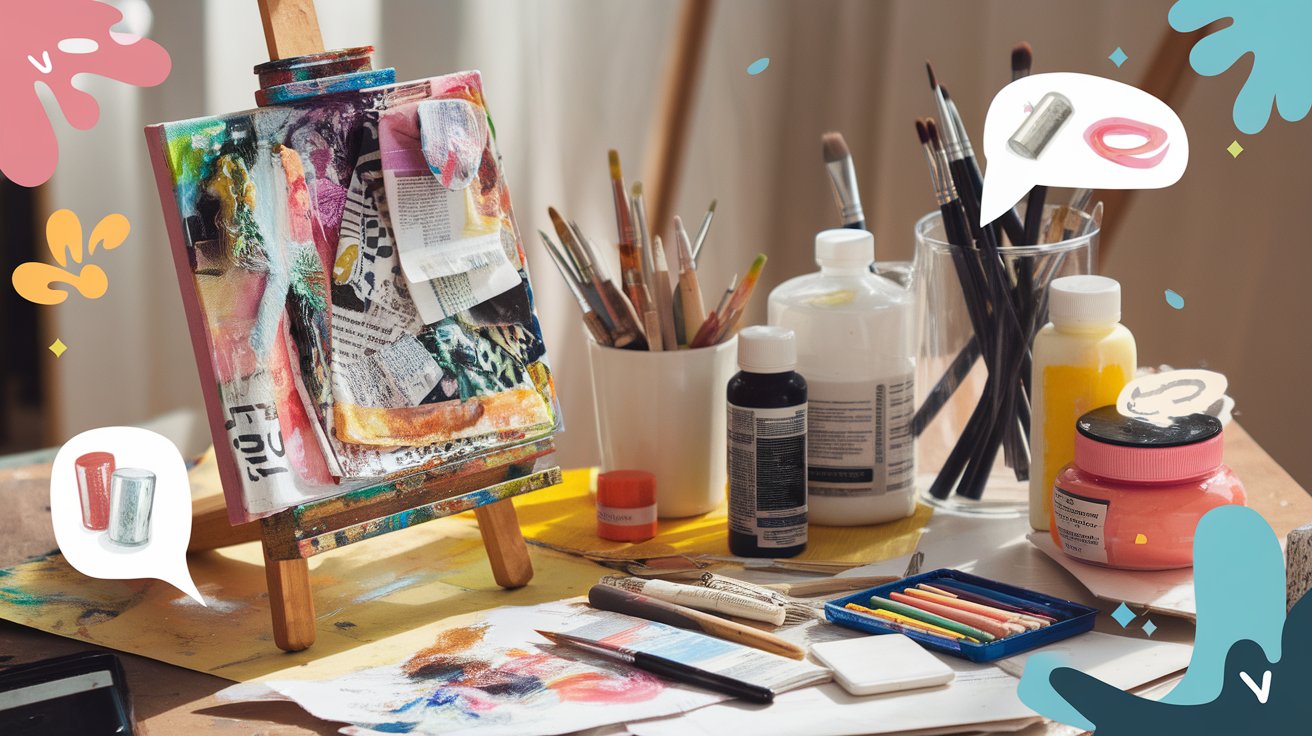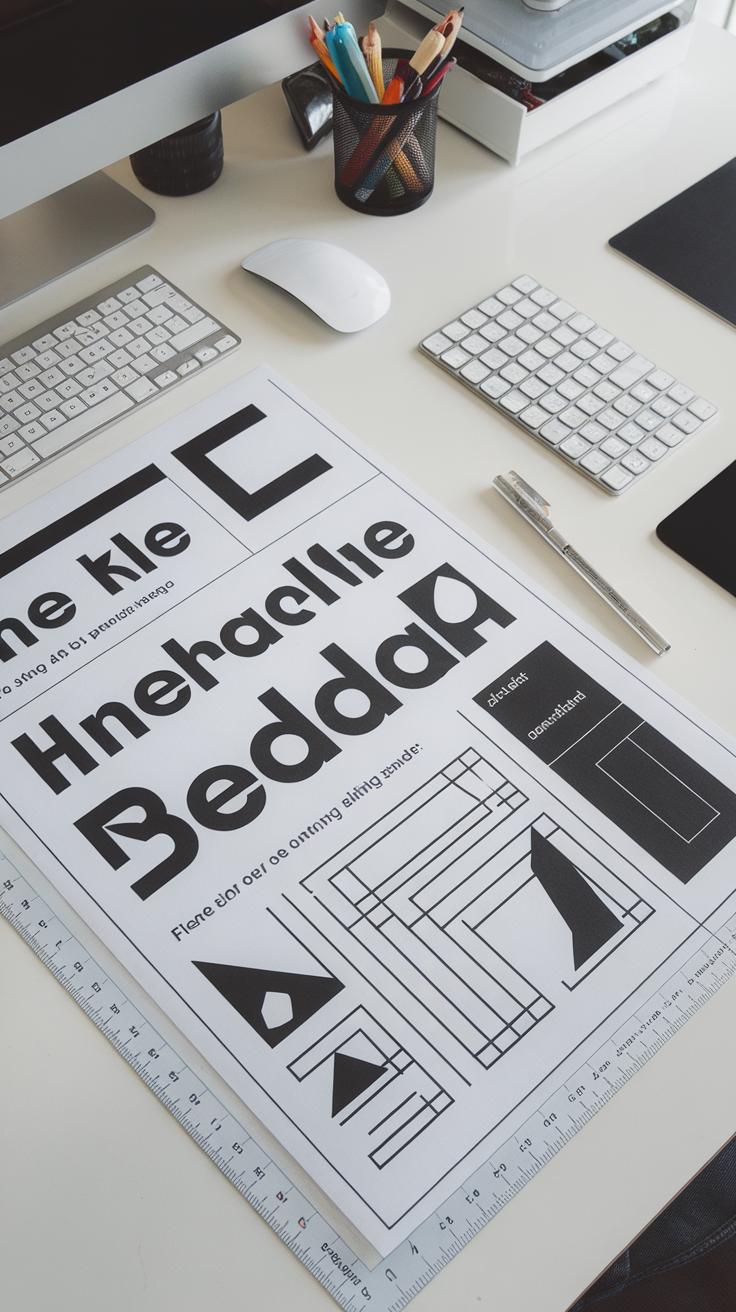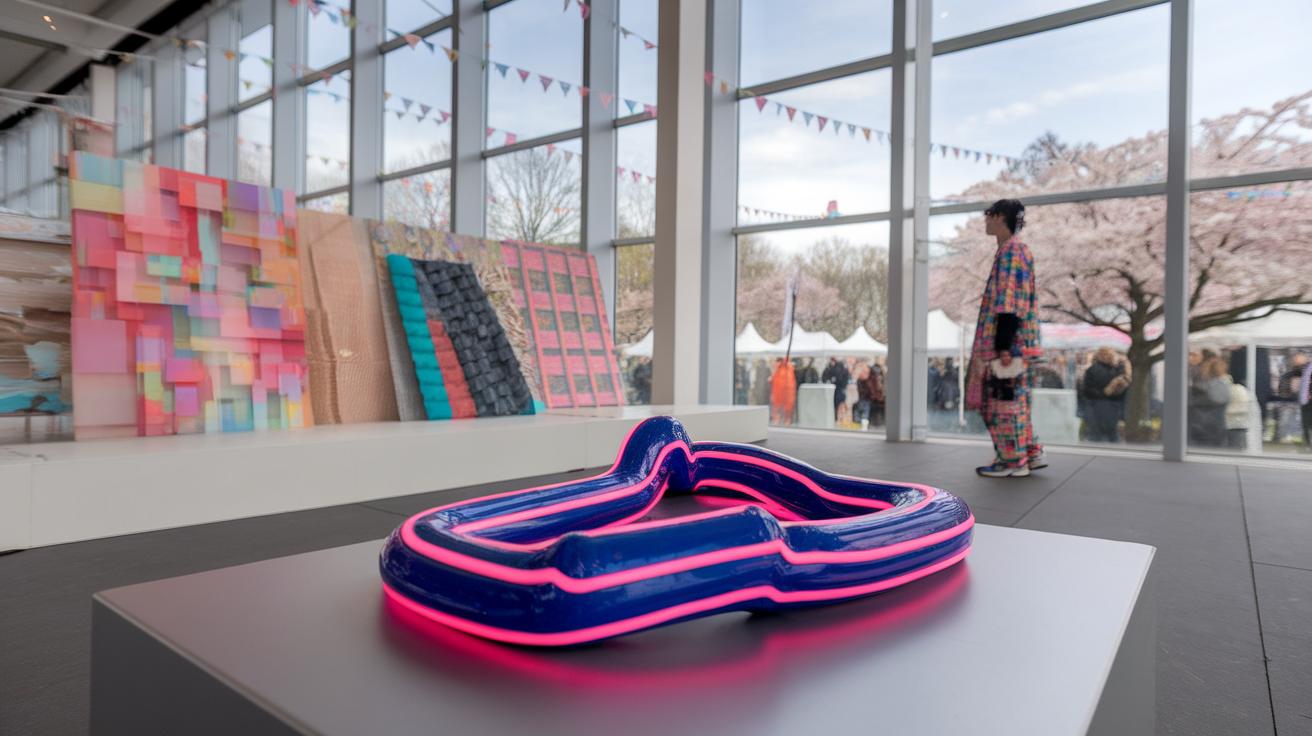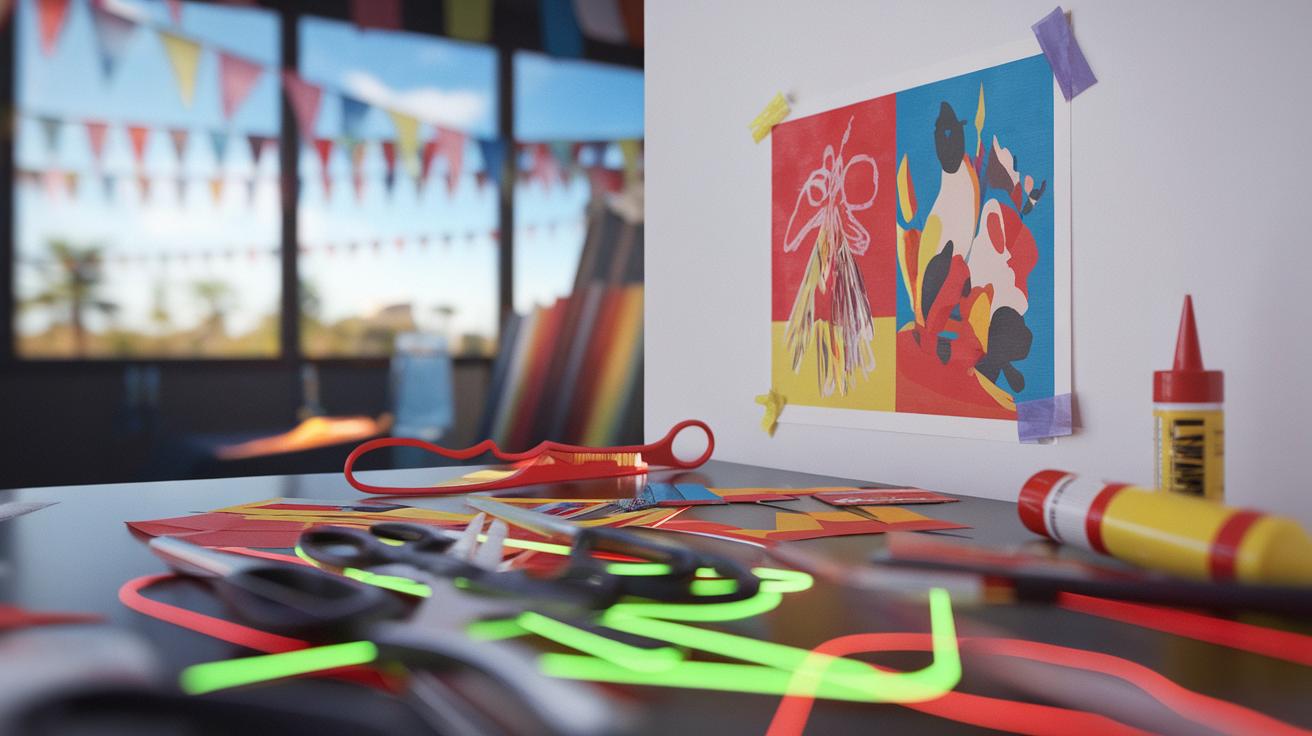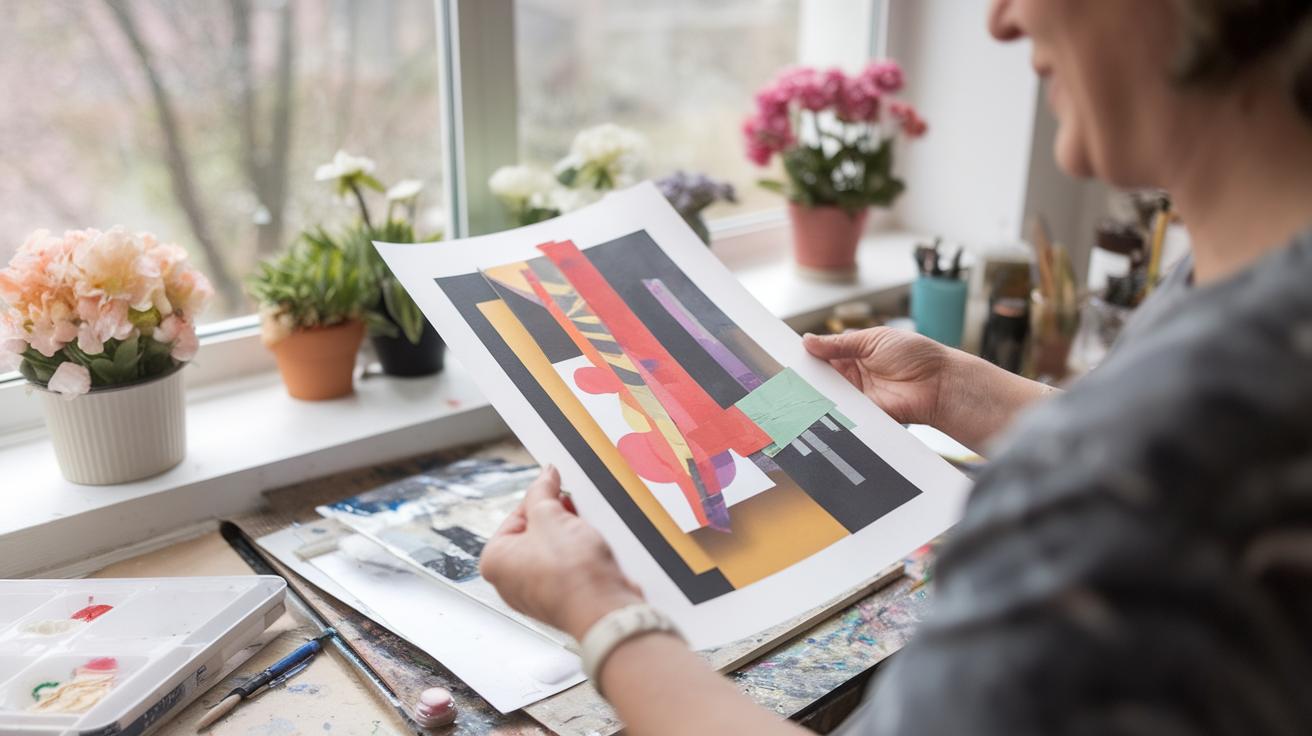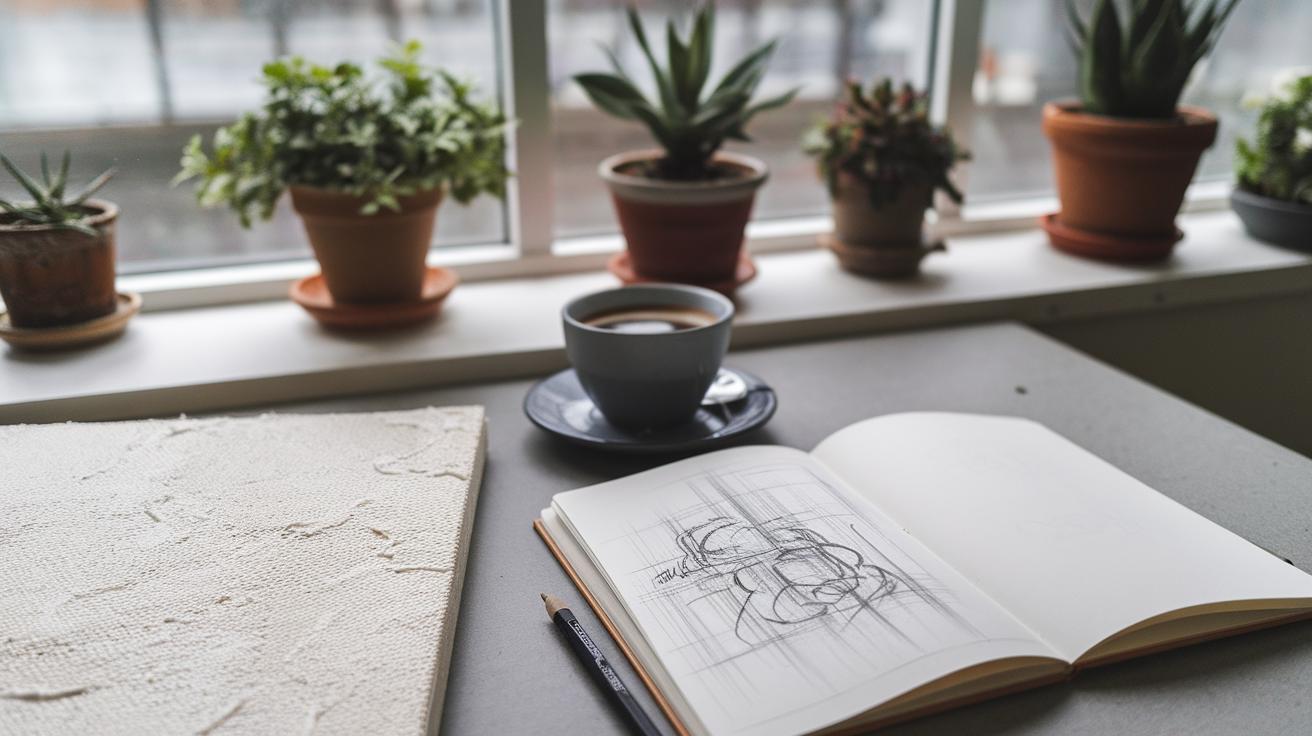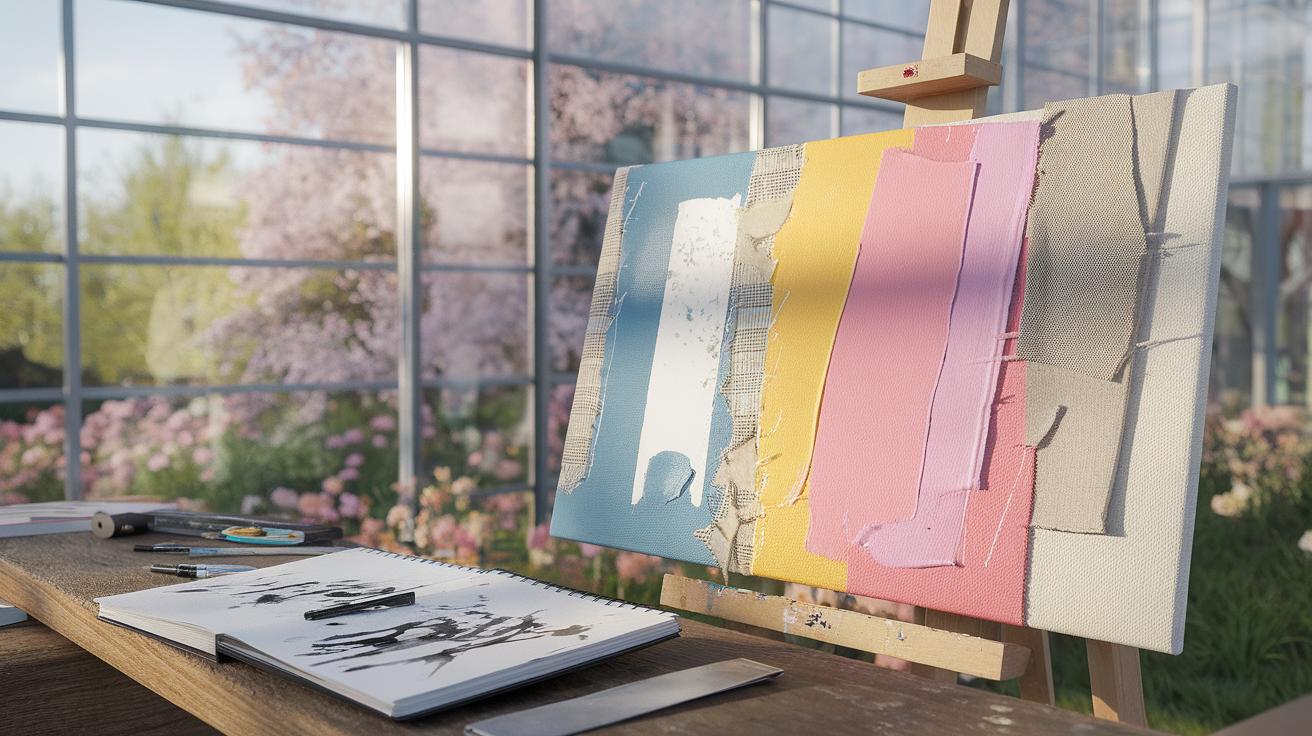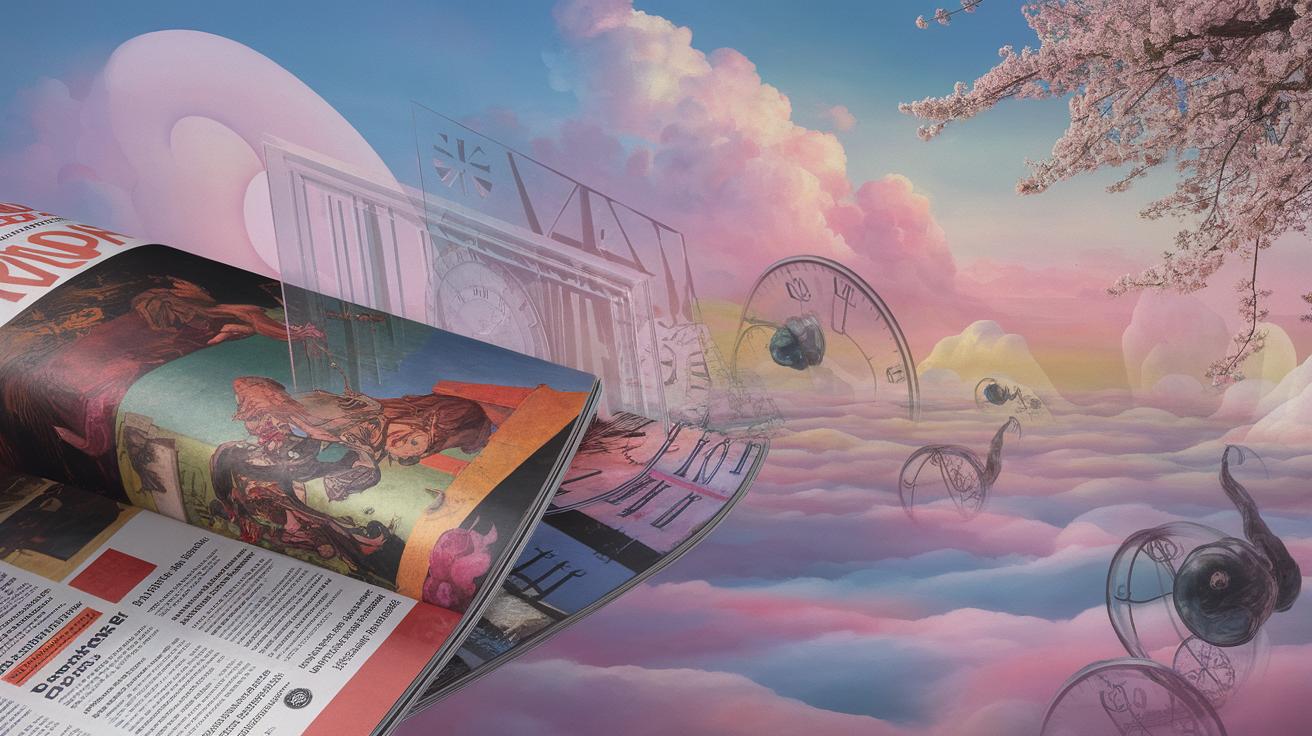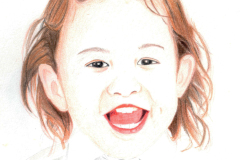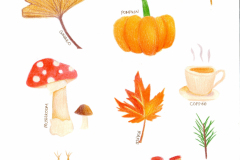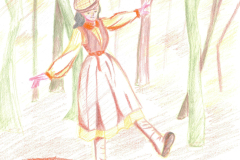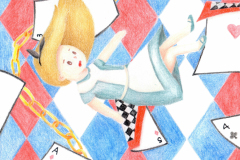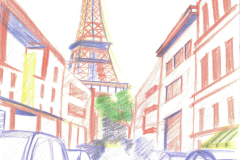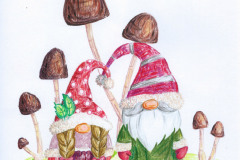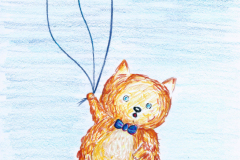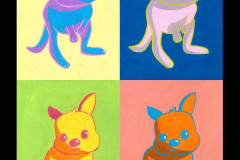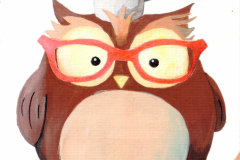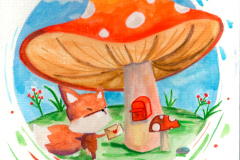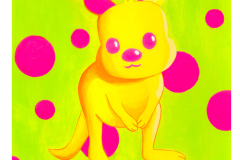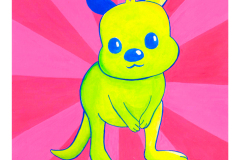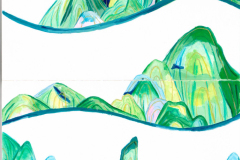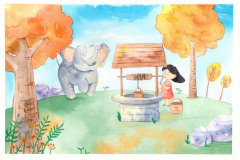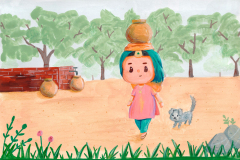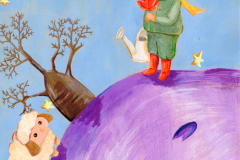Introduction
In today’s visual culture, graphic design posters play a key role in communication. These colorful and creative designs represent a significant aspect of marketing and art. They convey messages quickly and effectively, which is why businesses and events rely on them. Posters blend artistic expression with commercial intent, making them a unique form of visual communication.
This article delves into the essentials of graphic design posters. You will learn how to create eye-catching content, explore various design techniques, and understand the significance of color and typography. Whether you’re a beginner or an experienced designer, these insights will help enhance your skills in producing trendsetting visuals that stand out.
Understanding Graphic Design The Role of Graphic Design in Visual Communication
Graphic design stands at the intersection of art and communication. It conveys messages through visuals. You use colors, shapes, and typography to create impactful designs. This process requires both creativity and strategic thinking.
Marketers depend on graphic design to capture your attention. They rely on unique visuals to make products stand out in a crowded market. A striking poster can turn a mundane message into something unforgettable. For example, think about a movie poster you saw recently. The design likely drew you in, sparking your interest in the film.
Emphasizing clarity in design is essential. Your visual should express a specific message or feeling. Ask yourself: What do you want your audience to feel or do? Reflecting on this helps shape your design effectively, ensuring it resonates with your viewers.
The Evolution of Posters A Journey Through History
Posters began as simple announcements in the early days of printing. In the 19th century, they evolved into works of art. Artists like Henri de Toulouse-Lautrec and Alphonse Mucha brought color and style to poster design. Their work transformed advertising into a visual experience.
The Art Nouveau movement influenced poster design greatly. Designers used organic shapes and flowing lines. This created eye-catching visuals that captured attention. Later, World War I and II saw posters used for propaganda. They conveyed powerful messages quickly and effectively.
The introduction of digital technology changed the scene. Graphic designers can now combine traditional styles with modern tools. You can create dynamic visuals that resonate with your audience. Consider how you might blend historical influences in your own designs. How can you make your next poster reflect this rich evolution?
Key Elements of Effective Poster Design Creating Impactful Visuals
Layout and Composition
A strong layout guides the viewer’s eye. Choose a clean structure. Balance images and text. Use grids to create harmony in your design. Think about where your audience will look first. Position main elements at eye level. This helps to draw attention. For example, in concert posters, placement of the band name at the top stands out. You want viewers to notice it immediately.
Typography
Select fonts carefully. Different fonts convey different moods. Use bold styles for headlines and simpler fonts for body text. Size matters; make sure your message is legible from a distance. Consider a maximum of two or three different fonts for consistency. A striking font can make a poster memorable. Imagine a movie poster using big, dramatic letters to reflect the film’s excitement.
Color Schemes
Imagery
Use images that resonate with your message. Whether photography or illustrations, visuals enhance understanding. Make sure they are high-quality and relevant. A well-placed image can create a strong emotional response. Consider how your visuals connect with the audience. Are they inspiring or thought-provoking? Aim for images that support and elevate your overall design.
In effective poster design, every choice counts. These elements work together to create a memorable visual experience. Are you ready to make your posters stand out?
Crafting Your Message The Importance of Clear Communication in Poster Design
Effective poster design relies on a strong, clear message. Your message is the foundation that guides your visual choices. Without focus, your design can lose its impact.
Start with a central idea. What do you want to communicate? Define this before beginning your design. Write it down. Use simple language that resonates with your audience. Ask yourself, “Does my message connect with viewers?”
Balance text and visuals. Too much information can overwhelm. Use short phrases. Choose powerful words that deliver your message succinctly. For example, a concert poster might say “Live Music This Friday!” rather than providing lengthy details.
Test your design with others. Ask friends or colleagues what they understand at first glance. Gather feedback to refine your message. Adapt as needed to ensure clarity and impact.
Incorporating Trends in Poster Design Graphic Design Posters For Trendsetting Visuals
Trends shape graphic design. Keeping up with current trends helps you stay relevant. Incorporating these trends can transform your poster designs and make them stand out.
Look at bold typography. Many designers now use large, eye-catching fonts. This grabs attention immediately. For instance, posters for music festivals often feature striking typefaces. They stand out from a distance, guiding the viewer’s eye.
Colors also play a key role. Bright, vibrant colors are trending. They evoke emotions and create energy. You might have noticed this in recent movie posters. They use color to capture the mood and theme.
Textures and layering can add depth to your designs. Combining images with patterns creates a visual narrative. Think about using mixed media in your posters. Is there a way to incorporate different textures to enhance your design?
Staying updated with design trends can enhance your creativity. Follow design blogs or social media accounts that inspire you. What new trends are catching your eye? Engage with communities to exchange ideas. This can spark your imagination and lead to fresh designs.
Utilizing the right trends effectively can elevate your work. Experiment with these ideas in your next project. What trend will you try first?
Tools and Software for Designers Graphic Design Posters for Trendsetting Visuals
Popular Programs for Graphic Design
Your choice of tools can shape the effectiveness of your poster designs. Software like Adobe Illustrator and Photoshop stands out for their capabilities. Illustrator excels at vector graphics, which means you can resize images without losing quality.
Photoshop, on the other hand, is perfect for photo editing and composition. You can manipulate images to create striking visuals. Affinity Designer is another great alternative. It offers similar features to Adobe programs without a subscription fee.
Canva is a user-friendly option for beginners. With templates, you can quickly create posters without in-depth design skills.
These tools help you bring your vision to life. Experiment with different programs to find what suits you best. Which one will you try first?
Choosing the Right Tools for Your Needs
Understanding your project can guide you in selecting the right software. If you focus on typography, software like InDesign can facilitate better layouts. For illustrations, try Procreate or CorelDRAW.
Utilizing these programs efficiently can enhance your design workflow. Learning keyboard shortcuts can save you time. What skills do you want to develop next?
Each program offers unique features that can elevate your designs. Familiarize yourself with their strengths and limitations. This knowledge empowers you to create impactful posters that capture attention.
Printing and Distribution Producing HighQuality Posters
Producing high-quality posters involves several steps. Begin by choosing the right paper. Glossy paper enhances color vibrancy, while matte paper gives a more subtle look. Look for a paper weight between 200 to 300 gsm for durability.
Next, focus on the printing process. Digital printing works well for small runs, while offset printing is more efficient for larger quantities. Always check proofs before the final print. This reduces mistakes and ensures that colors appear as intended.
Once your posters are printed, consider effective distribution methods. You can place them in local shops, community centers, or at event venues. Think about using social media to promote where people can find your posters. You might also organize a launch event to create buzz.
Have you considered collaborating with local businesses for a broader reach? Building a network will increase visibility and attract more attention to your designs.
Measuring Success Evaluating Graphic Design Posters for Trendsetting Visuals
Assessing Impact Through Key Metrics
Evaluating the effectiveness of your graphic design poster involves several clear metrics. Start with visibility. Count how many people see your poster. This can come from tracking foot traffic in specific locations or using digital analytics for online posters.
Next, think about engagement. Are people interacting with your poster? You can measure this through social media shares or by noting direct feedback from viewers. Consider using QR codes to track scan rates and interest levels.
Sales performance might also be a vital metric. If your poster promotes a product or event, track any increase in sales or registrations following the poster’s release.
Ask yourself, what does feedback tell you? Are viewers inspired or confused? Your goal should be to capture attention and communicate clearly.
Analyze these metrics regularly. This process will help you refine your designs for future posters.
The Future of Poster Design Speculate on Future Trends in Graphic Design
How Technology Will Shape Poster Creation
Graphic design posters will undergo significant changes as technology advances. Virtual reality (VR) and augmented reality (AR) can transform how we experience posters. Imagine scanning a poster with your phone and watching it come to life. This interactivity can create a deeper connection with your audience.
Artificial intelligence (AI) tools are becoming popular among designers. They can suggest layouts or color schemes based on current trends. By using AI, you save time on repetitive tasks and focus on creativity. Could this make design more accessible for newcomers?
Another trend is sustainability. Eco-friendly materials will likely gain traction. As more people prioritize the planet, your posters can reflect these values. Consider using recyclable materials or digital formats to reach a wider audience.
The future invites experimentation. How will you embrace these innovations in your posters? Your designs can push boundaries and engage audiences in novel ways. The possibilities are endless, and the only limit is your imagination.
Conclusions
Graphic design posters combine art and advertising in a compelling way. By utilizing color, typography, and composition, designers create pieces that not only inform but also captivate. Understanding these elements can significantly improve your poster-making skills.
By implementing the strategies outlined in this article, you can craft posters that resonate with your audience. Remember, every poster should tell a story and communicate clearly. As you continue to create, keep the principles of good design in mind for impactful visuals that make a statement.



